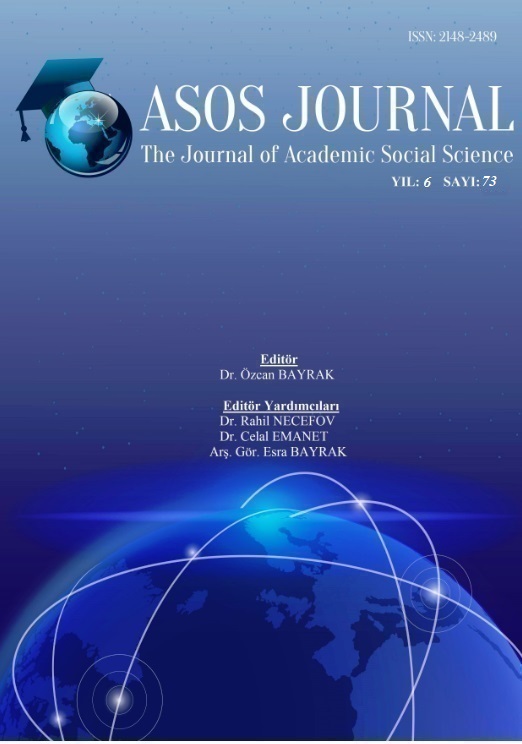Author :
Abstract
Doğal güzellikleri, mesire alanları, zengin tarihî-kültürel yapıları ile yerli yabancı pek çok insanın ziyaret ettiği Eyüpsultan, sadece Türkiye’nin değil, İslâm âleminin de yakından tanıdığı bir semttir. İstanbul’un sur dışındaki en eski Türk-İslâm yerleşim merkezlerinden olan, fetihle birlikte kurulan, Ebû Eyyûb el-Ensârî’nin türbesini barındırması ile hem hânedân hem de halk tarafından verilen önem neticesinde yapılan yatırımlar, mimarî gelişmeler, sosyal ve kültürel kurumlar ile Eyüpsultan’ın her dönemde önemini koruduğu görülmektedir. Kurulan müesseseler arasındaki çok sayıda tekkenin varlığı, mezkûr semtte yoğun bir tasavvuf hayatının yaşandığına işaret etmektedir. Bu bağlamda Osmanlı Dönemi’nde muhtelif tarîkat veya kollarına mensup 70’e yakın tekkenin varlığı tespit edilmiştir. Bununla birlikte fetihten itibaren tekkelerin kapatıldığı 1925 yılına kadar geçen uzun zaman süresinde bu bölgedeki yapılar hakkında kesin bir sayı vermek elbette mümkün değildir. Bu konuda her ne kadar net bir şey söylenemese de belirtilen rakam bile Eyüpsultan’ın dinî, ahlâkî, sosyal ve kültürel hayatında tasavvufun ne denli etkili olduğuna işaret etmektedir. Bu makalede Eyüpsultan’daki tasavvuf kültürü, tekke ve tarîkat bağlamında bütüncül bakış açısıyla ele alınacaktır. Bu anlamda makale iki bölümünden oluşacaktır. Birinci bölümde, Osmanlı Dönemi’nde Eyüpsultan’da etkili olan tekke ve tarîkatlar, ikinci bölümde söz konusu semtin kültürel, toplumsal ve siyâsal hayatında tasavvufun rolü incelenecektir. Sonuç kısmında ise konuya dair genel değerlendirme yapılacaktır.
Keywords
Abstract
Eyüpsultan, which is visited by many local and foreign people, and which is famous for its natural beauties, recreational areas, rich historical-cultural structures, is a district that is known not only in Turkey but also by all Islamic world. It is seen that Eyüpsultan has protected its importance in every period in history because it is the oldest Turkish-Islamic residential areas outside the city walls of Istanbul, it was established after the conquest of Istanbul, because it hosts the tomb of Ebû Eyyûb el-Ensârî, because it was cared by the dynasty and the people, and because it received investments and had architectural developments, social and cultural institutions. The existence of many Islamic monasteries among the established institutions show that an intense Sufi life was lived in the district. In this respect, the existence of nearly 70 Islamic monasteries was determined belonging to various cults and their branches in the Ottoman Period. However, it is of course not possible to speak of a certain number for these buildings because of the close down of them in 1925 since the day they were first established. Although it is not possible to speak with absolute clarity, even the number mentioned above indicates how influential the Sufi life was in the religious, moral, social and cultural life of Eyüpsultan. In this manuscript, the Sufi culture in Eyüpsultan will be dealt with in a holistic viewpoint in terms of the Islamic monasteries and lodges. In this respect, the manuscript will consist of two sections. In the first section, the Islamic monasteries and lodges that were influential in Eyüpsultan during the Ottoman Period; and in the second section, the role of the Sufi life in the cultural, social and political life of the district will be examined. In the results section, a general evaluation will be made on the topic.
